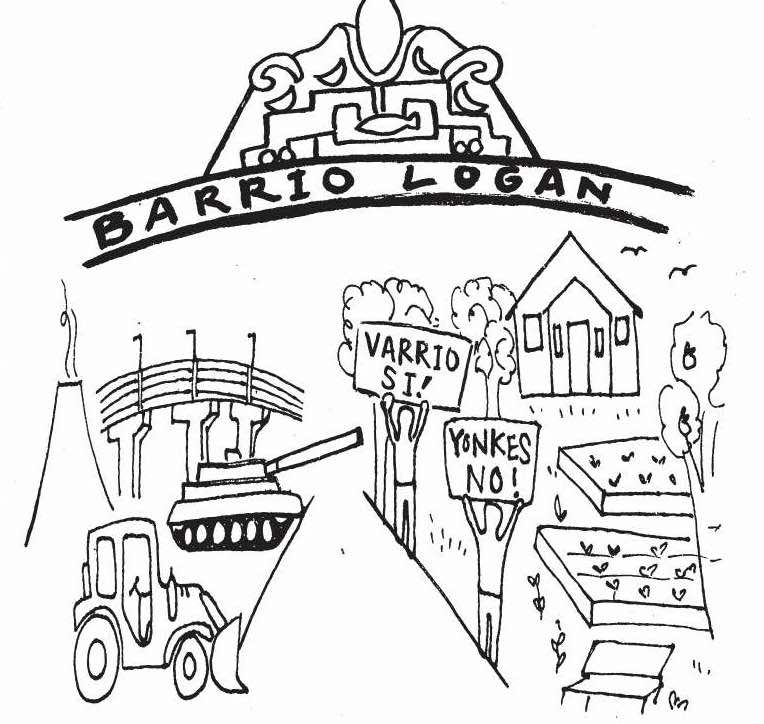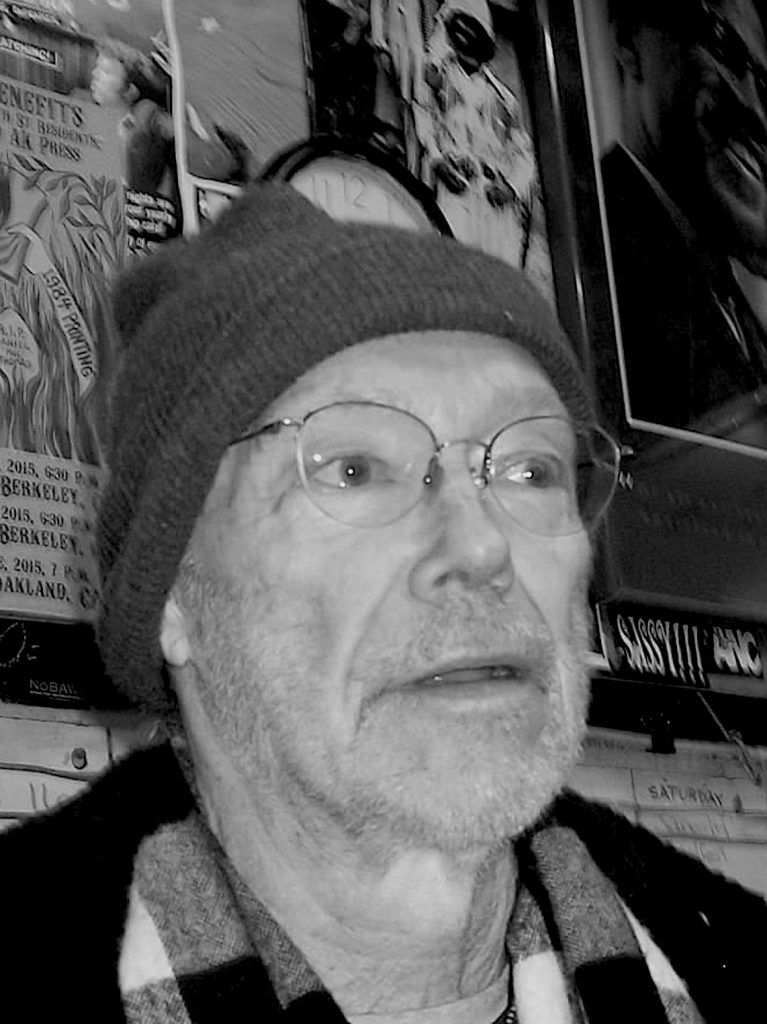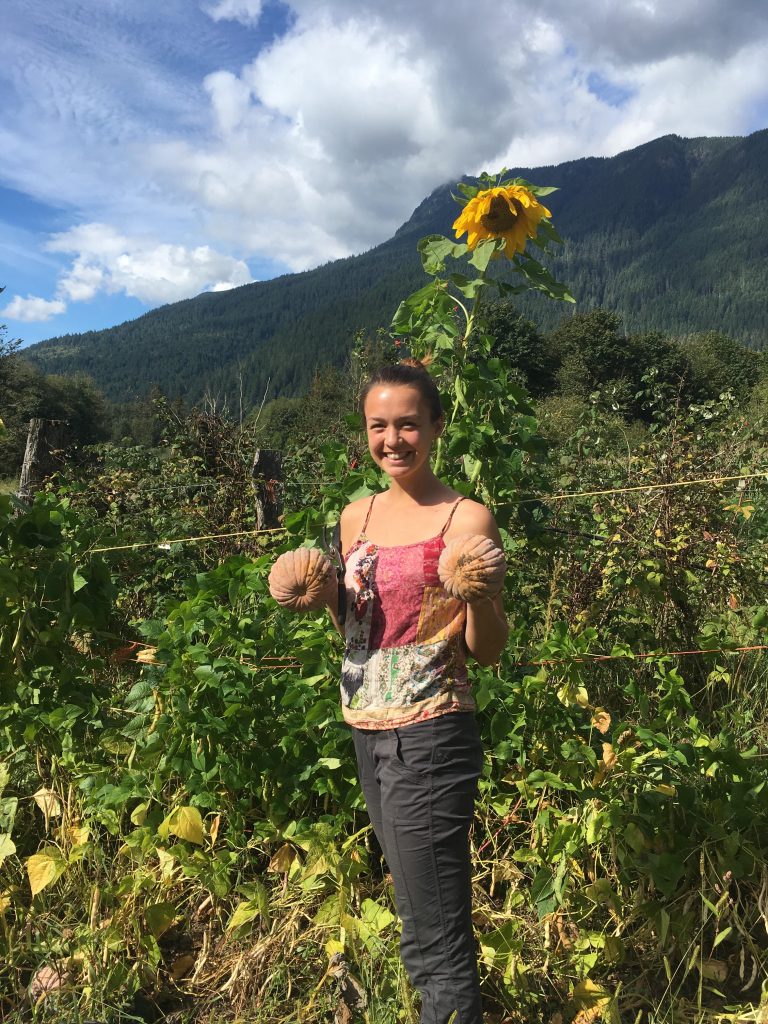By Tia Mo
I was a union kid — on the picket line at 9 years old for my step-mom’s teaching contract. We talked about how working conditions affected the quality of education. I saw their solidarity win a new contract, and even in the 2007 recession, being union protected their pensions. Now, with US union participation at a century’s low but back in the public dialogue, we have a chance to create broader solidarity and counterbalance the insatiable demands of corporate management. Labor organizing within capitalism doesn’t free us from the machine, but we are responsible for improving conditions now even as we struggle against industrial exploitation more generally.
Corporate media has been in an uproar over working class people failing to submit to the minimum wage demands of multinational corporations. “For Hire” signs have been turned into memes, either to show the pittance bosses are offering or suggest that regular people should get a job. Perhaps current low unemployment numbers have been affected by folks saving their COVID unemployment benefits (only considered generous in the US); perhaps it was facing a global emergency that forced people to scoff at crumbs; perhaps it was the utter lack of social support for families when schools closed. I’m dreaming that enough Americans are dreaming of life out from under the yoke that the labor movement can be reborn.
In the 1950s, more than 30% of US workers were protected as union members, and this influenced everyone’s terms of employment. Job security, regular pay increases, and pensions were on the table for blue and white collar workers. Today, about 10% are union members, and corporations would like you to forget about the unions and their benefits.
Why the change? Capitalists don’t like unions, because employees are the largest expense to a business, and unions negotiate for better pay, benefits, and conditions. Any veneer of protective paternalism has faded from corporate culture, and at-will employment — meaning workers can quit or be fired for no reason without notice — is the national standard that gives businesses the upper hand in setting terms of employment. The rise of globalization meant that companies could pay pennies for wages in countries without safety or discrimination protection and still ship goods cheaply to a US market desperate for distraction from the suffering of capitalism. All the while, US workers can’t even get a weekly schedule, let alone a reliable, fair contract.
Union organizing has its problems, and the right is using those problems to further racist divisions in the country. We will need to address these tactics to wrest the future of workers from ongoing exploitation. US unions have historically been racially exclusive, as well as gender exclusive, and it never really works to only protect some people. White people chose (choose?) not to see that Black workers excluded from unions were sometimes forced to take work as scabs, and that the solution is to make labor organizing an inclusive endeavor. Not just to allow in BIPOC workers, but to center their concerns and experiences. The anti-racist platform is about fixing broken systems, not just dangling empty opportunities to compete with privileged white folks for work. Because unions often provide living wage, entry level work with real advancement, folks who haven’t had access to technical or academic training can still get in the door. When labor amplifies the needs of BIPOC workers, it will be part justice for old wrongs, and part raising the floor for all workers. The Amazon workers in New York who are trying to unionize will improve conditions for all workers if they win a union (still pending at publication). The routine practice of primarily hiring Black and Latinx workers for lower-wage warehouse work and treating them as expendable means that the work of securing union benefits for all has fallen on the shoulders of people treated most poorly by the system. History shows us that plantation wealth, agri-business wealth, and railroad wealth were all accrued disproportionately on the backs of BIPOC Americans. And here, once again, America is rebuilt disproportionately on BIPOC labor and subjugation.
The rich right still wants to control unions, to keep working and middle class white Americans separated from BIPOC Americans who share their class experience. Capitalism depends on this divide & conquer strategy. No matter how imaginary race might be, racism has real consequences in limiting solidarity work. We have to see color, see racism, and see solidarity.
If organizers can address these problems, I have hope that structural change is possible. Kinks in the supply chain also mean a kink in the global employment chain. Local production is more expensive because it’s harder to exploit a neighbor who knows their EEOC and OSHA rights — and that’s a good thing! Record numbers of strikes this fall and low unemployment signal that people are both valuing their time and demanding value for their labor. If childcare is more expensive than wages, why go back to work? (Okay — gendered home labor is another article in itself.) If we can make joyful lives with less throw-away stuff and focus on community, might that be a better life?
Capitalism wants this autumn to be only a short-term bottleneck in their plan to eat the planet, but we have each other and the right to concerted activity (ie, organizing). Solidarity is one of the few protections at-will workers can rely on. If you’re stuck in capitalism without a worker cooperative or a union job, you have the right to gather with co-workers, figure out your grievances and fight for better conditions. We’ve already been through this once, with the brutal repression of Industrial Workers of the World (IWW) organizers during the pre-WW2 era. Luckily, the folks before us gave us some ground to stand on. It’s our job to grow an anti-racist populism that supports people and families with living wages, family leave, childcare, and adequate benefits to counter the hysteria of Trump’s caucus. We can dream of capitalism falling under its own decrepit weight, and we can also work to keep each other fed until that day comes.



